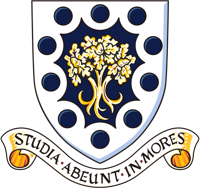Protect Mother Earth in Classroom
The Philippines is experiencing super typhoons and other climate related crisis. China as well has raised the alarm on the occurrence of never-before-seen climate related calamities. As an educator, what is your opinion on the issue of protecting Mother Earth?
Jensen- As an educator, I feel I have a big responsibility in educating the younger generations on how we can help protect our environment. As a mother of three children, I feel worried for my kids as they are not growing up the way that I used to grow up. In the Philippines where I spent my childhood, I used to enjoy playing in rice fields, seashores, mountains with fresh and pleasant air smell. The creeks, swamps, lakes, and rivers used to have crystal clear water with lots of different species of animals. I remember walking in between the rice fields with my bare feet and seeing the small pink eggs wrapped around the rice plants. I used to wonder what they were, and my grandfather told me they were from the farm frogs. My children never get to experience these things now as we are living in the city, but I am hoping that it will not be too late, and they will still get the chance to enjoy the beauty and wonders of nature. Each of us must think of little ways we can do in preserving our environment for the future generations. At home, my husband and I collect all the wastes from our grocery items like plastic bottles and paper boxes and bring them to sell to the recycling shop. Eventually, our daughters Jaz (3 yo) and Jamie (2 yo) became familiarized with this idea so every week they go with their father to bring the scraps to the recycling shop and save the money they get out of it for their future.


How does your school support the call for protecting biodiversity and respecting nature? Please cite specific activities of your school.
Jensen- In art class at HD Beijing school, I teach the students to recycle papers and plastics to use for our art projects. Since we have just started the school year, we are in the process of collecting papers and plastics and put them in separate recycling bins.
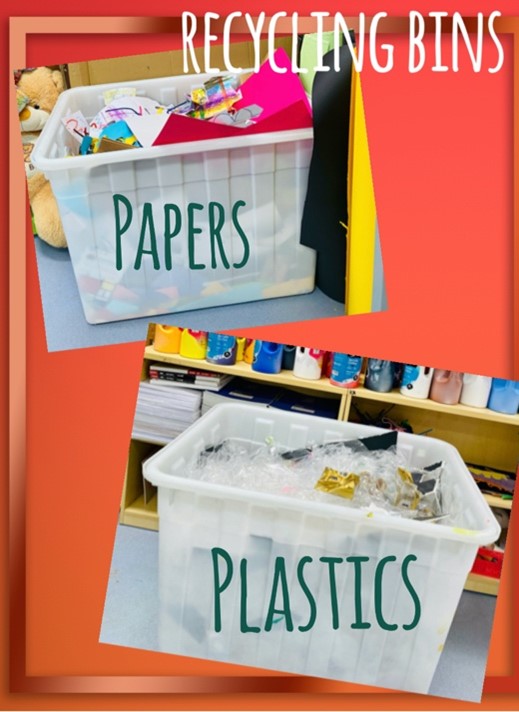
Recycling bins outside the STEAM Room at HD.

This is also evident in other classes where homeroom teachers are using old plastic bottles and cartons to make their artworks.

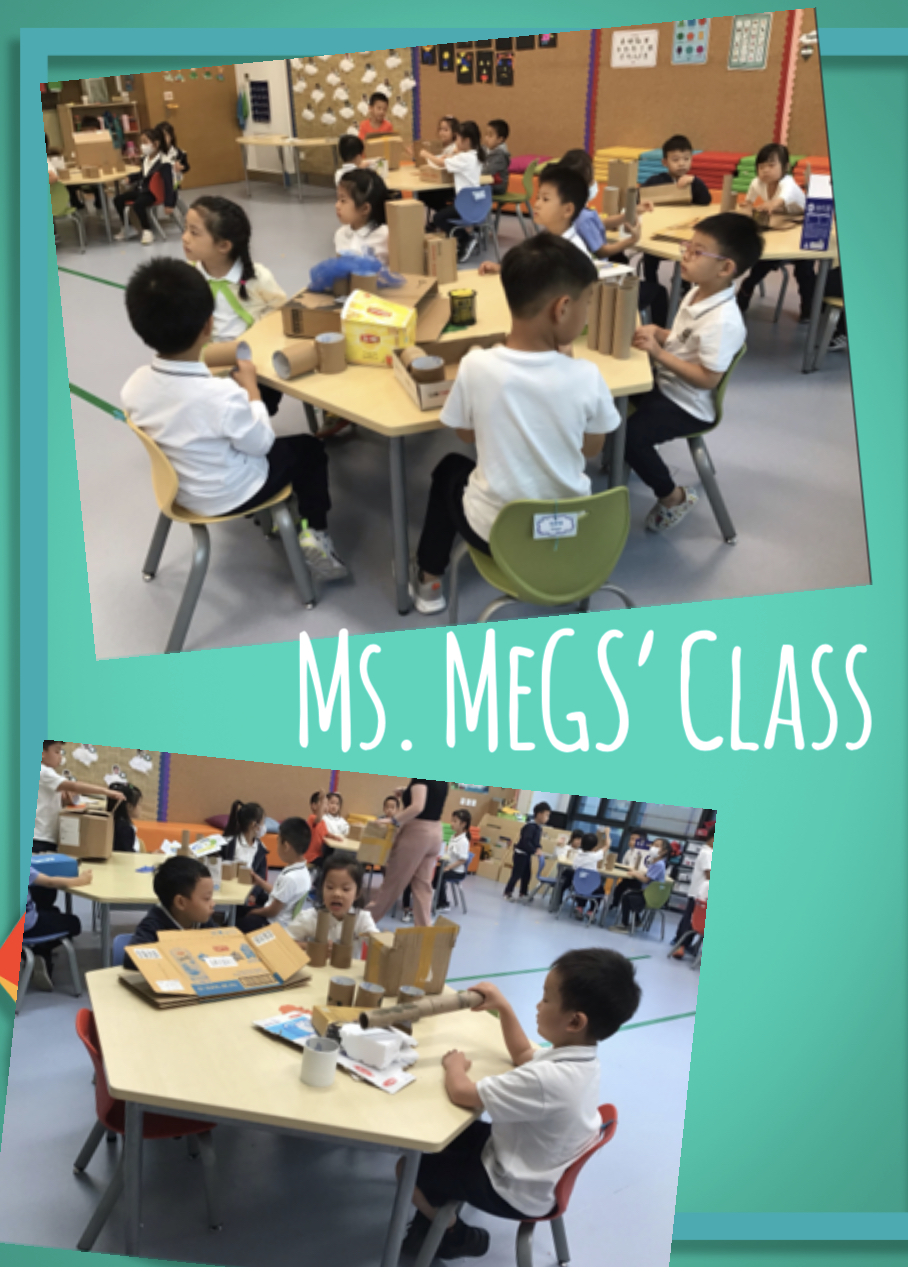
Ms.Megs (Grade K Teacher)- Students made robots out of recycled materials. We wanted students to review body parts and to understand that any material can be used to create a body representative of the students. In Grade K, we asked students to think about different materials and how to use these in a creative way. The students were very excited to do this activity and use recycled materials to create something new.
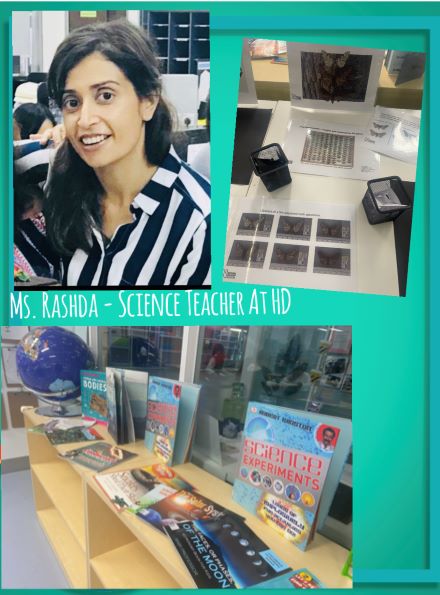
Ms. Rashda (Science Teacher)-Sustainability is a core area in our science curriculum at HD and is one of the overarching themes on which class activities and learning experiences are based. Pupils are encouraged to understand the importance of becoming globally responsible citizens and to become solution focused on their approach and understanding around the many pressing and urgent environmental issues at hand.
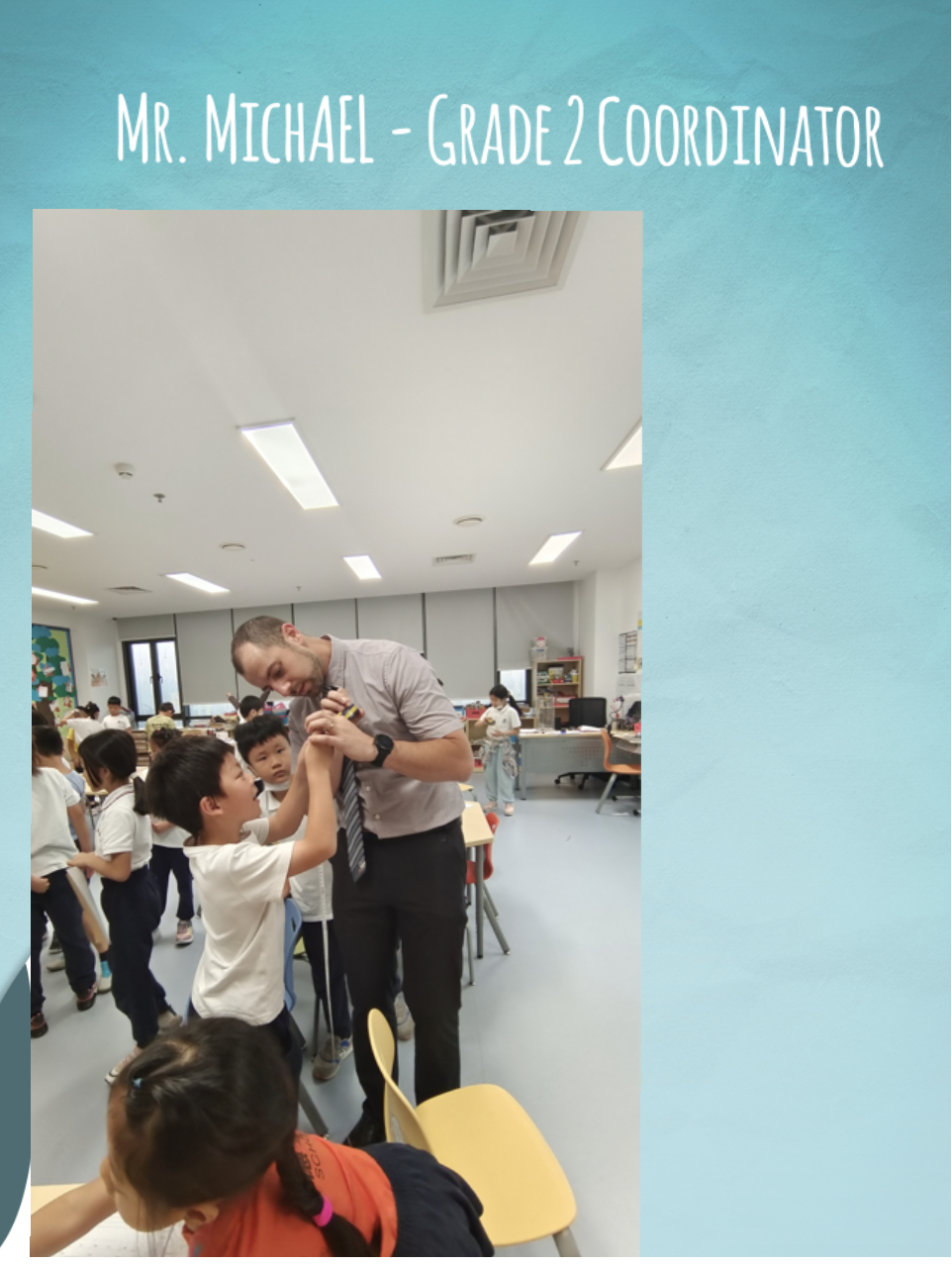
Mr. Michael (Grade 2 Coordinator)
Habitat study is an important part of the grade 2 science curriculum because it gives our students a bigger picture of all the wonderous elements that fit together to make our incredibly fragile world. When students are learning about the way that animals and habitat affect each other, and the impact that we have on these areas, they gain a better understanding that each of their actions makes a difference. It is our goal to help them make meaningful choices that take steps toward habitat protection and rehabilitation. Our world has so many beautiful and surprising natural wonders, it makes teaching the importance of protecting it so much more meaningful, not to mention fun.
Any heartwarming stories from students, faculty, administrators that show respect and protection of nature?
Jensen – In Art, 3rd Graders are learning about the American Sculptor, Claes Oldenburg and we tapped into his gigantic food sculptures. His sculptures are known for conveying interesting, ambiguous, and deeper meanings. While we were discussing about how people might perceive his works, one student shared his opinion about this gigantic apple sculpture. The apple has been bitten and it was just lying on the ground, so he said that maybe Claes Oldenburg wants to tell people not to throw the left-over food on the ground or just anywhere.
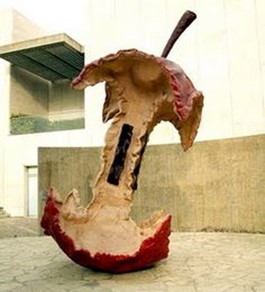
One student also commented on Oldenburg’s gigantic plug. He said that because there have been too many cellular phones in the world so to save electricity and making many plugs, he just made one big one for all the phones.

After our class discussion, the students were able to make their drawing plans for the sculpture project this unit. And this is what they have created out of their wild imaginations.
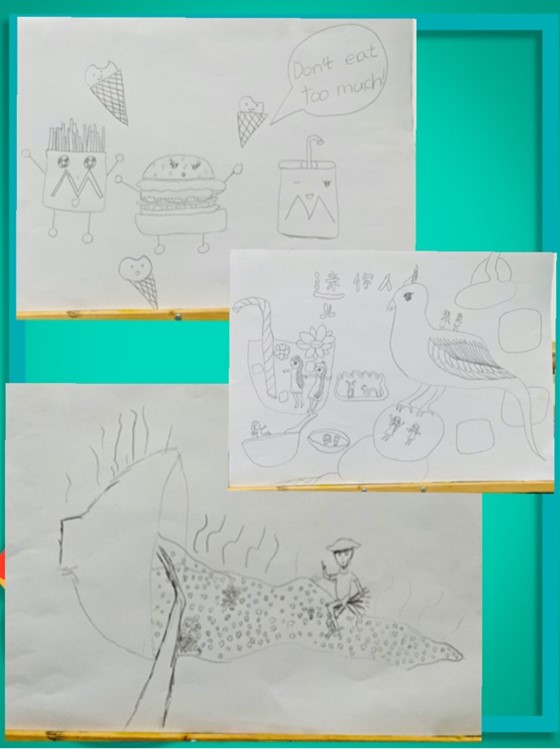
The student explained his bowl of rice drawing that a lot of people are wasting food and when we just leave the food lying somewhere, it becomes very smelly, and it is not good for our environment. Another drawing of my student shows too much processed, unhealthy fast-food and she warns everyone not to eat too much of those.
Please share your insights on China’s call at yesterday’s COP15 summit, to build a community of all life on Earth; build a homeland of harmonious coexistence between men and nature.
I believe this is another stroke of genius for China as it is such a great initiative that will create a big change towards achieving a lifelong dream for humanity and all living things. Nature brings us not only habitat for all living creatures but joy, happiness, and inspiration. Let us all help in keeping our Mother Earth clean and healthy by being mindful on each of our actions.

